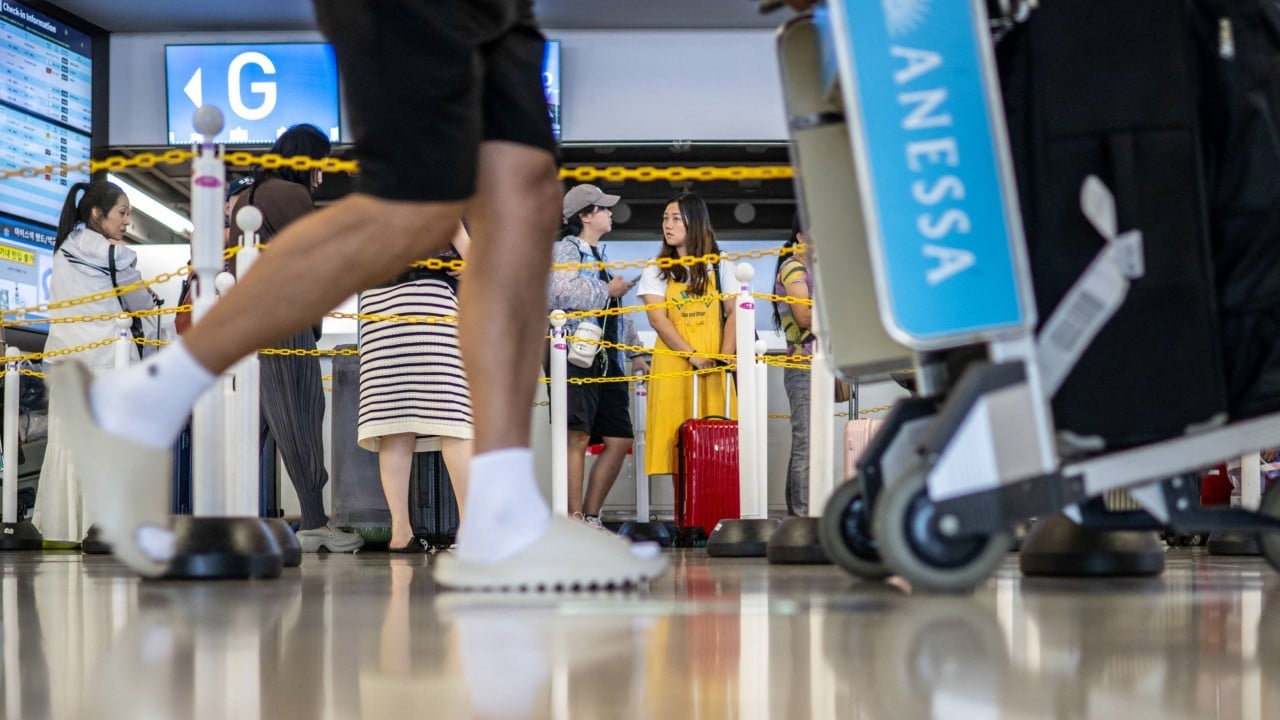Japan’s Kansai International Airport (KIX) has won international awards for its architectural design, efficiency and staff, and was recognised last year as the best airport in the world for baggage delivery after not mislaying a single item of luggage for a decade. Despite all the plaudits, KIX has a major drawback: it is sinking.
Advertisement
Built on a man-made island in Osaka Bay, KIX was one of the largest construction and engineering projects ever undertaken in Japan. Made up of two islands, one covering 510 hectares (1,260 acres) and the second over 1,055 hectares, it was built to ease overcrowding at the nearby Osaka International Airport and welcomed its first passenger flight in September 1994.
Since then, it has grown into a major hub for both domestic and international flights, with around 30.6 million passengers linked to 91 cities in 25 countries in 2024.
While the numbers are impressive, it is hard to get past the fact that the airport has already sunk into the clay layers beneath the bay more than engineers initially expected, and it continues to inch lower every year.
According to operator Kansai Airports, the surface of the airport’s first island is today about 3.84 metres (12.6 feet) lower than when it opened in 1994. Since landfill began for its construction, the airport has experienced an average settlement of 13.66 metres (45 inches).
Advertisement
The operator is keen to point out that some “settling” of the surface level was always expected. The average subsidence measured just 6cm (2.4 inches) across 17 points on the artificial island last year, according to the latest data released in December.

